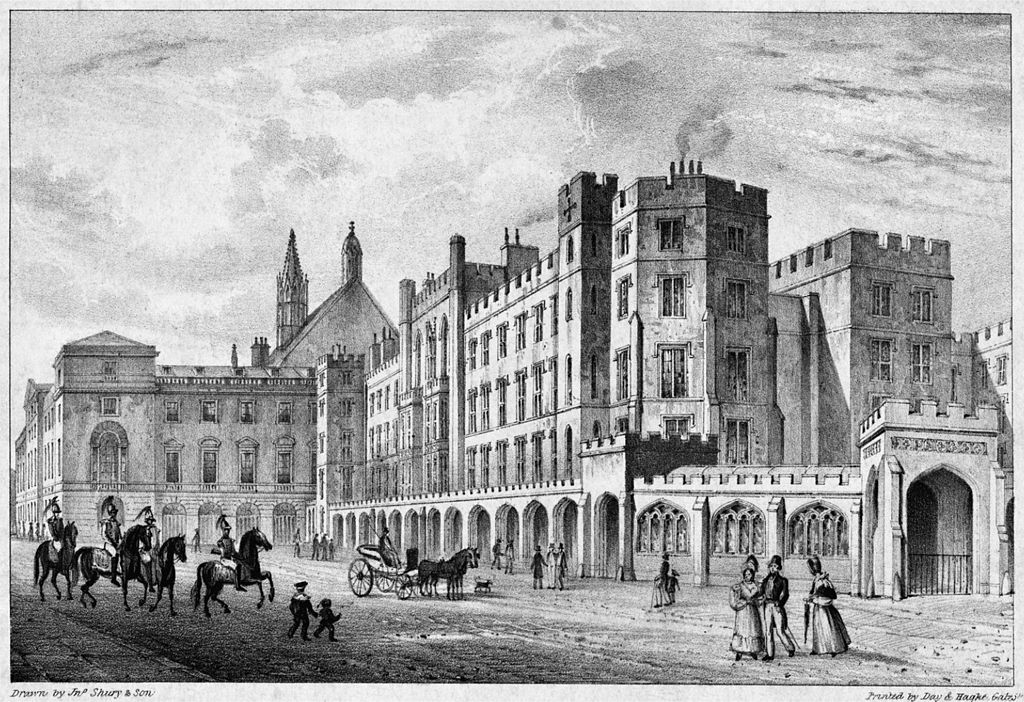
Drawn by J. Shury & Son, Printed by Day & Haghe / Wikimedia / Public Domain
Westminster Parliament
The Westminster Parliament has its roots in the medieval English monarchy, with a significant milestone in 1295 under Edward I, where it was designed as a bicameral model comprising the House of Commons and the House of Lords. The Magna Carta in 1215 is also essential as it laid the foundation for constitutional monarchy.
Through the centuries, significant events, such as the English Civil War (1642-1651) and the Glorious Revolution (1688), shaped Parliament’s development. It underwent various reforms, including the Reform Acts of the 19th century, which expanded voting rights and restructured representation in the House of Commons.
In the modern era, Parliament has become a pivotal democratic institution, responsible for making and passing legislation and scrutinizing the government. It has undergone further reforms and adaptations to meet contemporary needs and challenges, such as devolution, which granted powers to parliaments in Scotland, Wales, and Northern Ireland, and ongoing debates around House of Lords reform and electoral representation.
This event is also available in the following timelines: